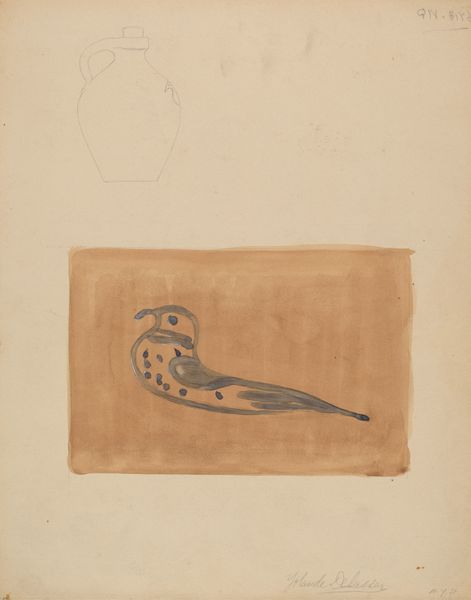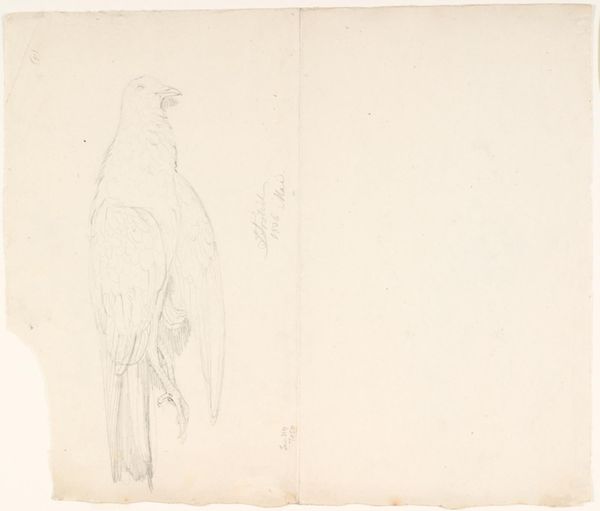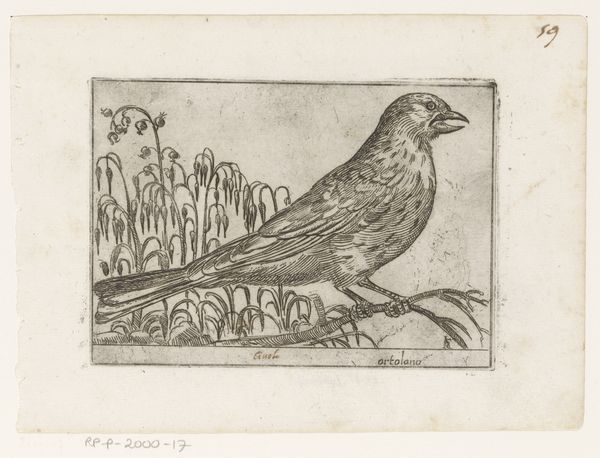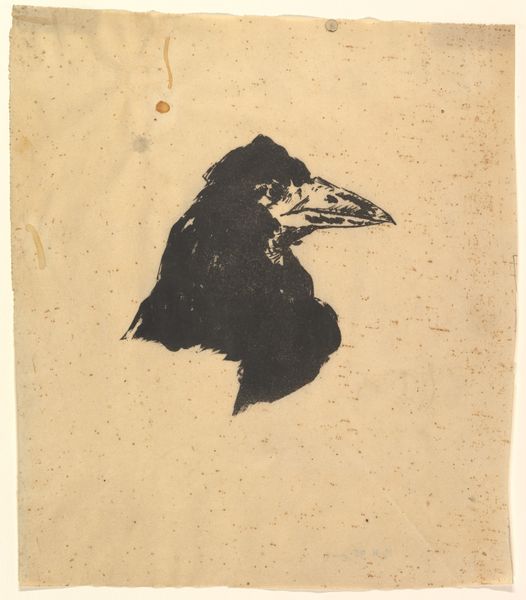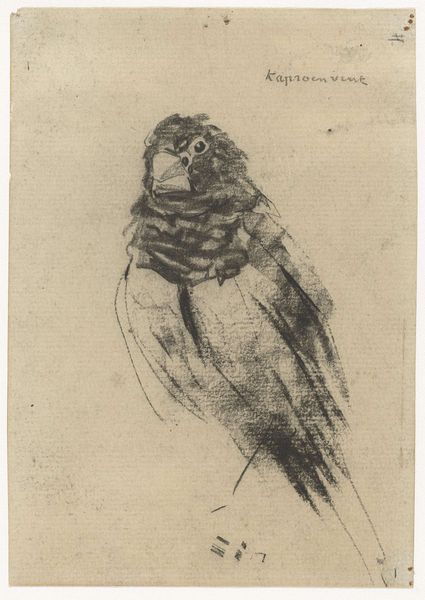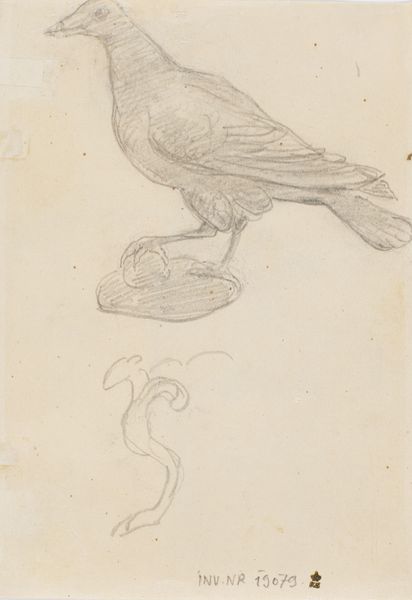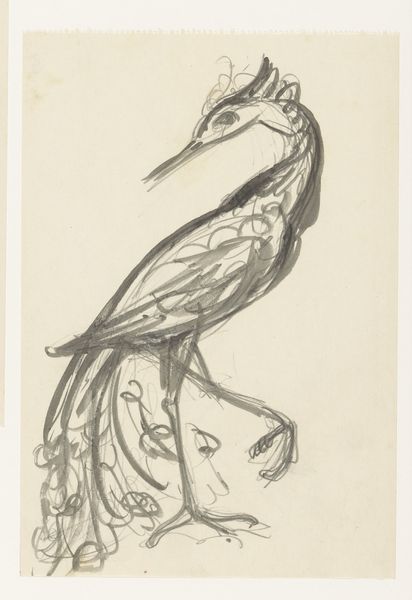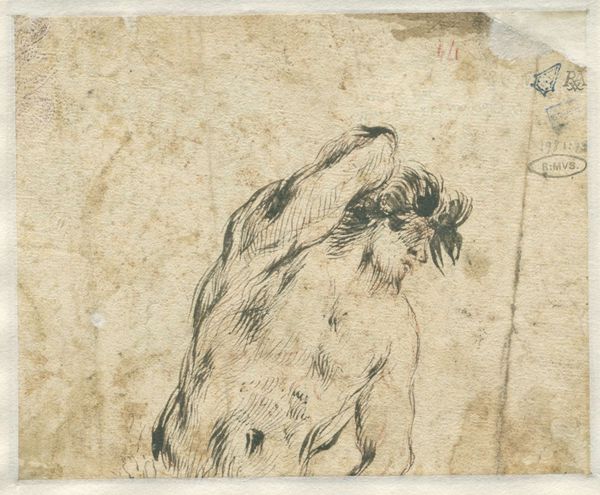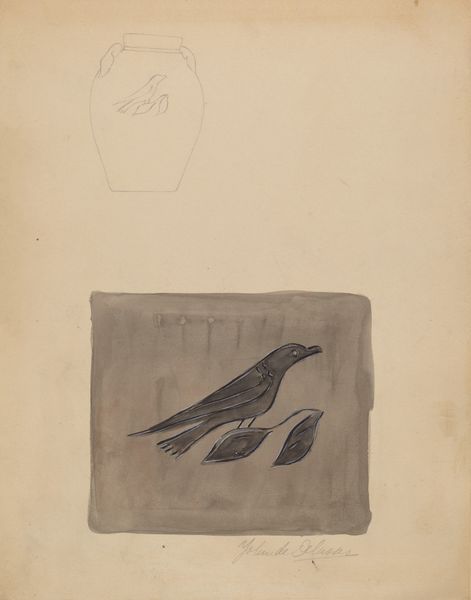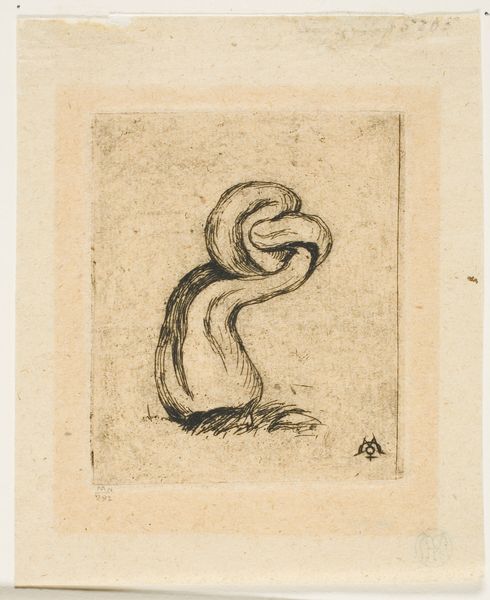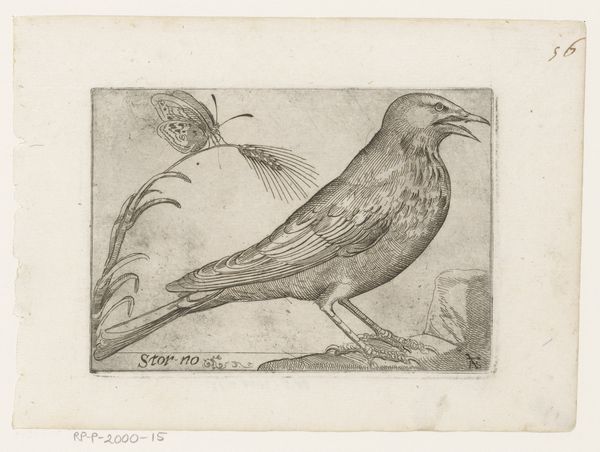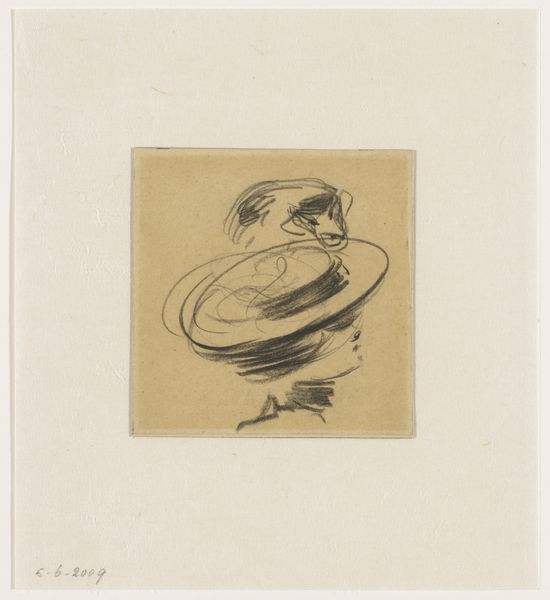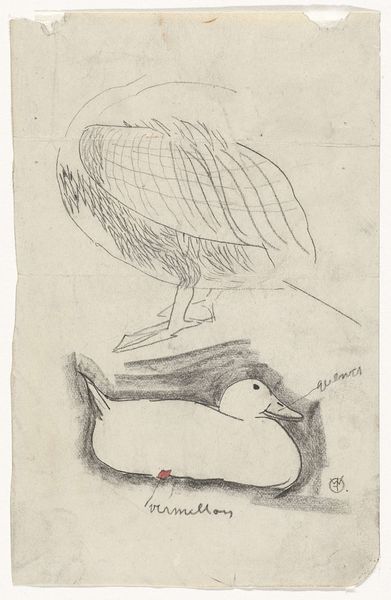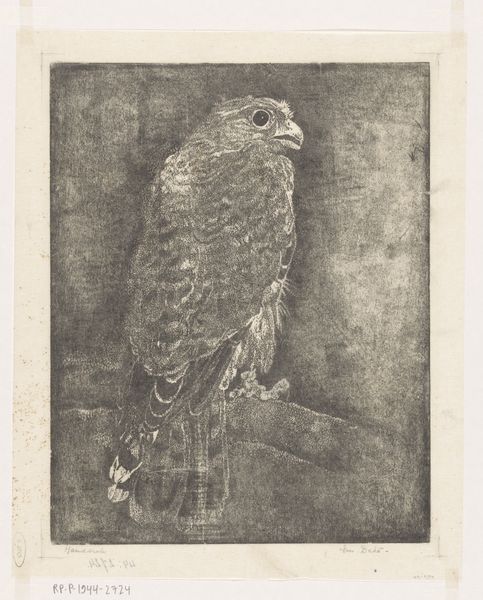
drawing, pencil
#
portrait
#
drawing
#
pencil sketch
#
pencil
#
symbolism
#
realism
Dimensions: height 70 mm, width 50 mm
Copyright: Rijks Museum: Open Domain
Editor: So here we have Willem Witsen's pencil drawing, "Papegaai," created sometime between 1915 and 1919. It’s currently housed in the Rijksmuseum. What strikes me is how delicate and almost fragile it feels; it's a simple sketch, but with a remarkable presence. What do you see in it? Curator: Well, isn't he a magnificent fellow! The parrot seems captured in a moment of deep contemplation, don't you think? Almost melancholic, despite his vibrant plumage, now rendered in the hushed tones of pencil. It’s funny; parrots are supposed to mimic, to reflect sounds, but what is this parrot reflecting? Witsen was so good at suggesting unseen worlds. It whispers to something just beyond the visible, doesn't it? Editor: I suppose! I hadn’t really thought of it like that, the "unseen world." But why a parrot in the first place? Is there something about them that connects with the Symbolist movement he's associated with? Curator: Ah, the parrot, traditionally a symbol of mimicry, superficiality, perhaps even foolishness! But I see something quite different in Witsen’s parrot. Given the timeframe, during and just after the First World War, could this be about the loss of voice? Or a critique, a sardonic wink at societal chatter devoid of meaning? It's not overtly political, mind you. I always felt Witsen was more interested in inner landscapes than outward displays. Editor: That makes sense, and suddenly it seems a lot more loaded than just a sketch of a bird. I guess I assumed it was just a quick study, but it's so much more. Curator: Isn’t it always the way? That's why art history remains fascinating; even the briefest sketches can reveal unexpected depths. Never underestimate what hides in plain sight! Editor: Definitely something to ponder. I’ll be seeing parrots differently from now on! Thanks!
Comments
No comments
Be the first to comment and join the conversation on the ultimate creative platform.
